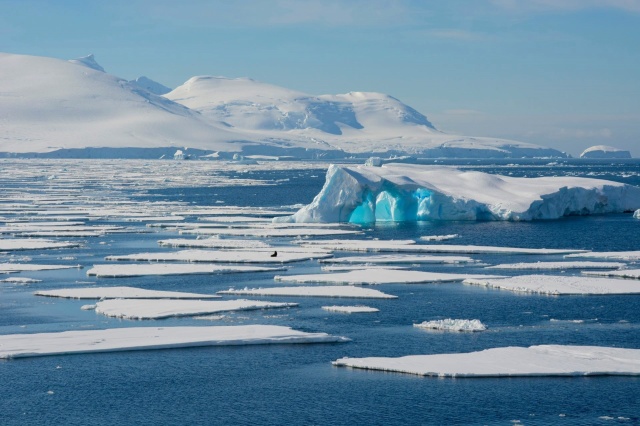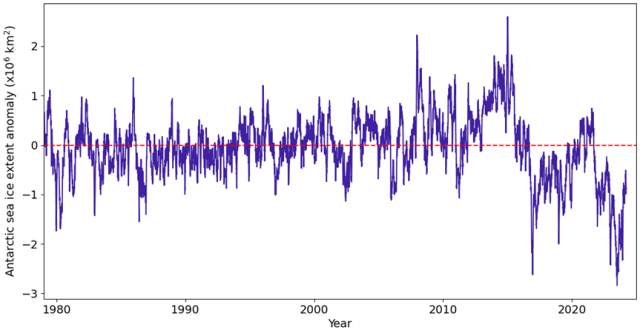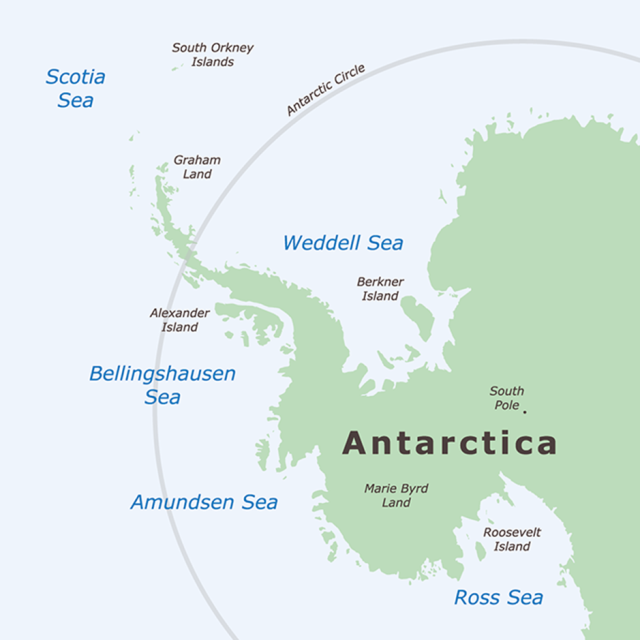
In an era defined by environmental uncertainty, the need to fortify our communities against the impacts of climate change has never been more pressing. Climate resilience – a term often heard in discussions surrounding climate action – refers to humanity’s capacity to adapt and withstand the adverse effects of climate change while maintaining essential functions and minimizing disruption to livelihoods and ecosystems.
But what exactly are climate resilience and climate solutions?
Understanding Climate Resilience: Climate resilience encompasses a spectrum of strategies aimed at softening the risks posed by climate change. It involves building robust infrastructure, implementing sustainable land-use practices, fostering community preparedness, and enhancing ecosystem resilience. Essentially, it’s about future-proofing societies and environments against the challenges of a changing climate.
Defining Climate Solutions: Climate solutions refer to the various interventions, technologies, and policies designed to address climate change and enhance resilience. These solutions span a wide range of sectors, from renewable energy and sustainable agriculture to disaster risk reduction and climate-smart infrastructure. By adopting and scaling up these solutions, society can partially adapt to climate impacts, and build a more sustainable future.
Case Studies: Met Office’s Climate Resilience Initiatives:
- Climate Services for Developing Nations: The Met Office, in collaboration with international partners, provides climate services to developing nations to enhance their resilience to climate change. These services include tailored climate information, early warning systems for extreme weather events, and capacity-building initiatives to empower local communities to manage climate risks effectively. By equipping vulnerable regions with the tools and knowledge needed to anticipate and respond to climate impacts, the Met Office is helping build resilience on a global scale.
- Climate Change Adaptation in Urban Environments: With rapid urbanisation and population growth, cities face unique challenges in the face of climate change. The Met Office is involved in research and development projects aimed at enhancing climate resilience in urban environments. This includes modelling future climate scenarios, assessing climate risks to infrastructure and communities, and developing adaptation strategies to bolster resilience. By integrating climate considerations into urban planning and infrastructure development, cities can better withstand the impacts of extreme weather events and changing climate patterns.
- Enhancing Agricultural Resilience: Agriculture is particularly vulnerable to the impacts of climate change, with shifting weather patterns, extreme temperatures, and fluctuations in rainfall posing significant challenges to food security and livelihoods. The Met Office collaborates with agricultural stakeholders to consider climate-smart farming practices, improve crop forecasting capabilities, and provide climate information to farmers. By promoting sustainable agriculture and supporting adaptive measures, the Met Office is helping farmers build resilience to climate variability and ensure food security for future generations.
In conclusion, ‘resilience’ is not just a buzzword; it’s critical for safeguarding our planet and securing a sustainable future for all. By embracing climate solutions and investing in resilience-building initiatives, we can navigate the challenges of a changing climate and create a more resilient, equitable, and prosperous world for generations to come.



















































